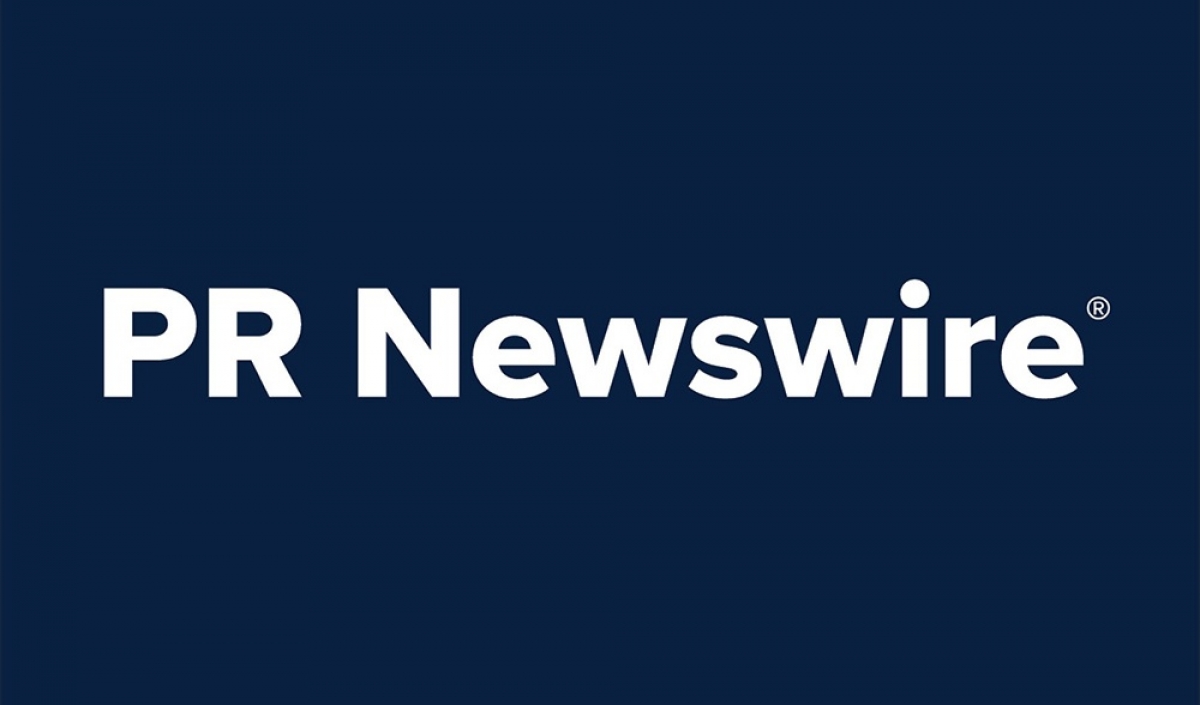INTERNATIONAL INVESTMENT
AND PORTAL
To officially introduce Alaskan seafood for the first time in Hanoi last week, the US Department of Agriculture’s Under-Secretary for Trade and Foreign Agricultural Affairs Alexis Taylor talked to VIR’s Duc Hanh about how the agency has worked to promote exports of American agricultural products, as well as how to strengthen bilateral trade.
How do you evaluate the bilateral trade balance between the United States and Vietnam?
It has been my pleasure to visit as a small part of the Alaska Seafood Marketing Institute’s Vietnam Trade Mission. We chose Vietnam as a destination to showcase the importance of our bilateral agricultural trade relationship. Such events are a great example of how we can support Alaska, as well as US fishermen and farmers, and introduce high-quality US seafood and other agricultural products to Vietnamese consumers.
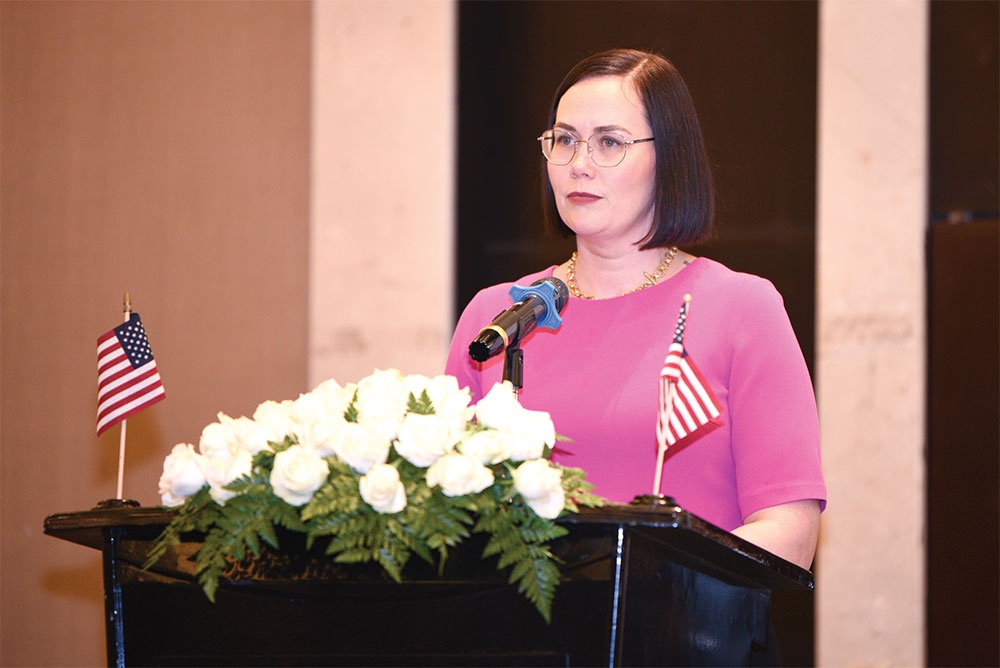 The US Department of Agriculture’s Under-Secretary for Trade and Foreign Agricultural Affairs Alexis Taylor
The US Department of Agriculture’s Under-Secretary for Trade and Foreign Agricultural Affairs Alexis Taylor
Vietnam is a dynamic and growing market for US products and we see so much opportunity to continue to grow as partners in agricultural development and trade. We have a very positive bilateral trading relationship with Vietnam – jointly, almost $10 billion in agricultural trade was reached last year. Vietnamese consumers have been able to enjoy delicious Alaskan seafood products; meanwhile, US consumers have been able to enjoy Vietnamese products like dragon fruit and passion fruit.
Vietnam’s expanding middle class, the availability of fine dining opportunities, and its 5-star tourism industry make this a prime destination for Alaskan seafood. Vietnam is also home to state-of-the-art processing facilities that can create new and innovative valued added seafood products using Alaskan seafood.
Can you share the technical barriers and standards for importing and exporting agricultural products between the two countries?
We’re always very much interested in mutually ensuring both our countries and our own agriculture are safe and protected. So, as we foster safe trade, it’s important that we really find focus on the safety part of that.
So for animal and plant health, we make sure that as we’re exporting our animals and products to Vietnam, that we’re not introducing new diseases, and then the same for trade from Vietnam to the United States.
We have a strong relationship with the Vietnamese Ministry of Agriculture and Rural Development, and we talk about bilateral trade, address technical issues that we have with each other, and find solutions to facilitate safe trade. At the same time, we make sure that industries and natural resources in our respective countries are protected.
Can you tell us a little about the US law on sustainable producers and farmers?
Alaska can be described as wild, natural, and sustainable. When I think about the foundation of the Alaska seafood industry, I think of king crab as an example that ensures that there are sustainable crab populations, and there are times when because of climate change, and the need to be responsive, the fishery may have to back off.
I think states like Alaska have the ability to maybe pivot to other parts of their seafood industry. So, they’ll continue to sustainably harvest different seafood products, and Alaska will continue to be able to provide really high-quality, wholesome, and safe products to the world.
What special features does Alaska seafood offer to compete with other suppliers?
We believe the quality of Alaska-raised and US-raised and harvested seafood really stands on its own. We’re excited to showcase products to our partners here and be able to bring those high-quality, safe, and wild-caught products to Vietnamese consumers. I think we all are better when we have a really great spirit of competition. So, I think it forces us to become better and more sustainable.
Specifically, I haven’t seen much difference in quality between different markets. What we produce in Alaska is a product that I can purchase at my home in Washington, DC. That’s the same product we’re bringing here to the Vietnamese consumer and worldwide, and we’re excited about that.
The cultural differences of how the Vietnamese prepare seafood is likely a key component that exporters learn as they meet with importers here to find out what exactly they want the product to look like. But the great thing about seafood is you can prepare it a million different ways depending on cultural preferences.
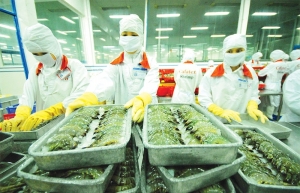 Seafood exporters tasked with improving their game
Seafood exporters tasked with improving their game
Amid high inflation and the devaluation of the Euro, tie-ups with the European continent are providing an opportunity for fisheries to be more active in sustainable development and up their game when it comes to the agreed rules of origin on seafood exports to the EU market.
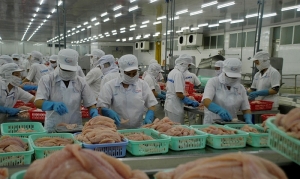 Seafood sector expects rosier Q4 performance
Seafood sector expects rosier Q4 performance
Albeit inflation still fetching high in some key export markets, seafood producers aspire to rosier business in the rest of the year, leveraging sound performance in the year to date and resumed demand at year-end period.
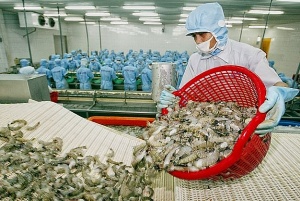 Seafood sector striving to expand export market
Seafood sector striving to expand export market
As the markets are affected by economic fluctuations, many Vietnamese seafood enterprises have flexibly changed their strategy and boosted exports to niche markets.
By Duc Hanh


